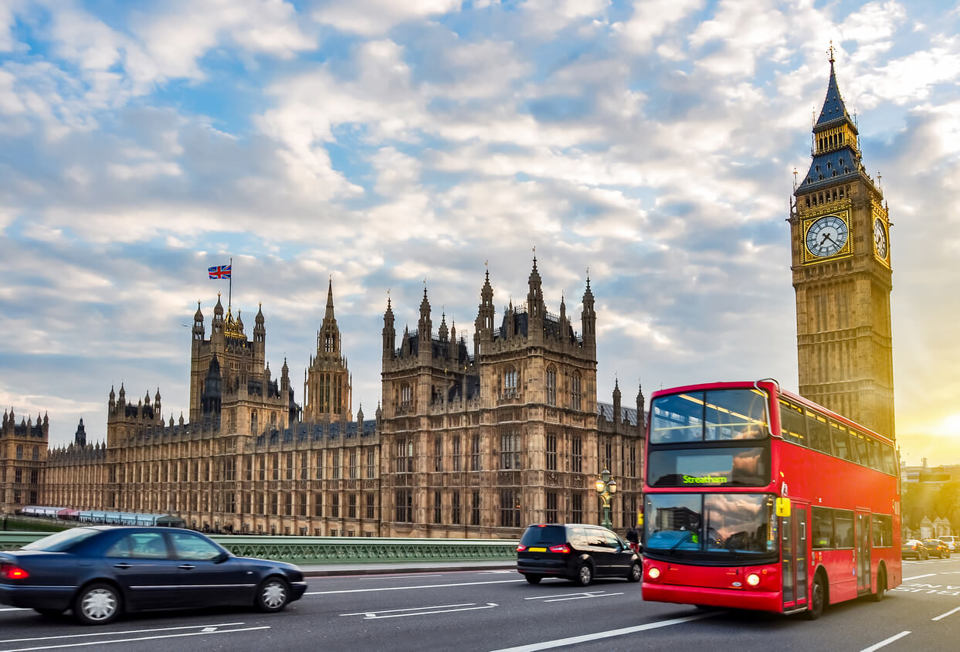The structure of many public sector organisations is making it difficult for fleet managers to introduce changes related to reducing emissions or even improving safety.
Public sector fleet managers voiced concerns that they don’t have enough control over the factors they need to in order to make changes to their fleets.
Gaining co-operation from other departments, such as HR, is a typical challenge, they said.
Achieving senior level buy-in to any substantial changes also seems to be a major issue.
Coupling this lack of internal co-operation with the day-to-day task of keeping vehicles on the road, and it seems that many public sector fleet managers are struggling.
Added pressure comes from government targets to reduce CO2 emissions from the public sector fleet by 15%.
The latest report from the Sustainable Development Commission revealed the sector to be lagging behind that target.
“Public sector vehicles are the backbone to many services, from cars to ambulances to waste disposal trucks.
"However, many organisations simply don’t have the right fleet strategy agreed at the right level to implement any substantial change when it comes to running these vehicles,” said Stuart Walker, brand director of Automotive Leasing, which specialises in leasing vehicles to the public sector.
“Many fleet managers said that they constantly come up against brick walls whenever they try to implement an initiative to make their vehicles greener, more cost-efficient or even safer.”
Mr Walker’s comments were made following the Future of Fleet conference, hosted by Automotive Leasing, which gave public sector fleet managers a forum to examine their changing fleet needs.
“The only way public sector fleets can improve is through co-operation at all levels and in all the right places,” said Mr Walker.
“We’ve worked with many clients to make the internal case and achieve the right level of co-operation; we’ve seen it work.
"The challenge now is to make it work across the entire sector.”













Login to comment
Comments
No comments have been made yet.